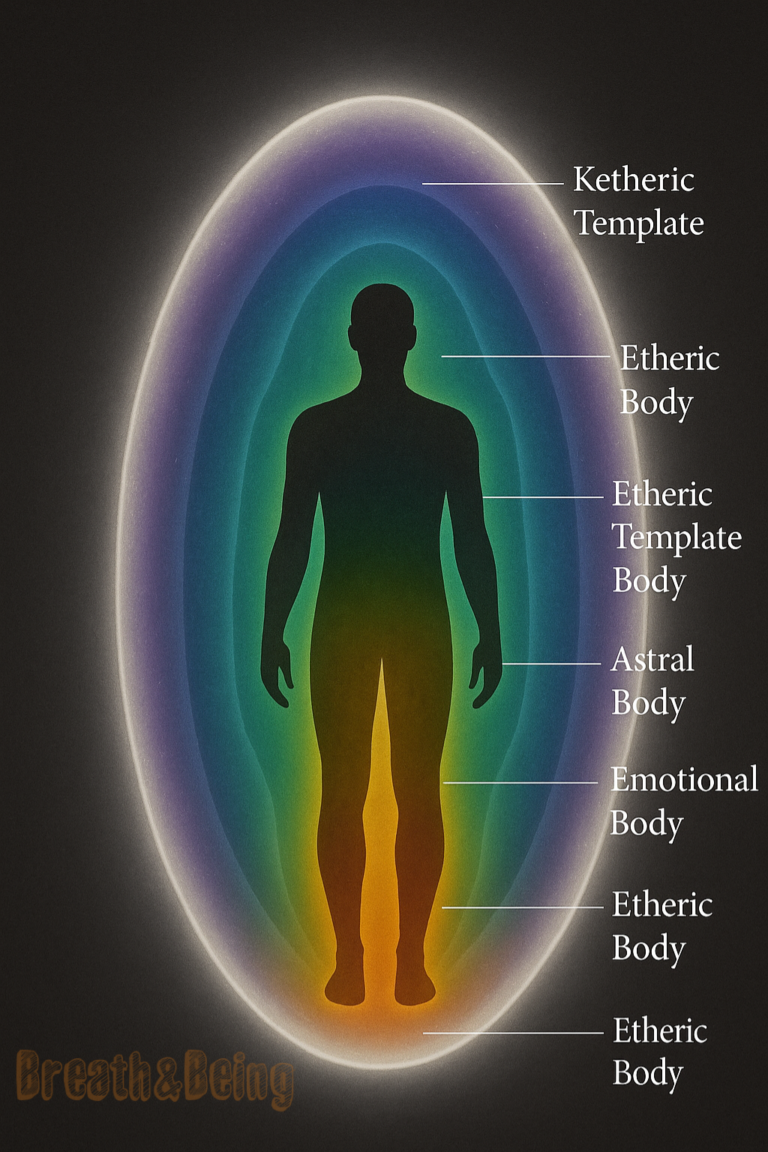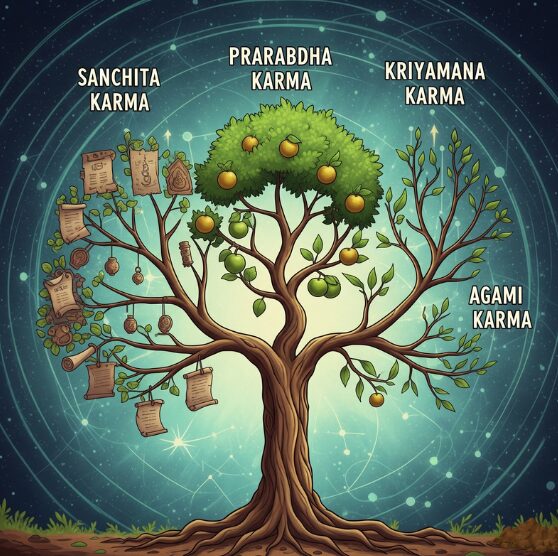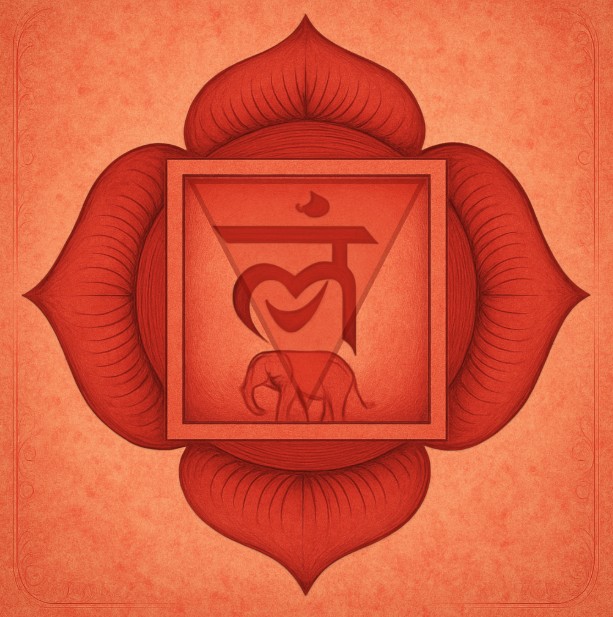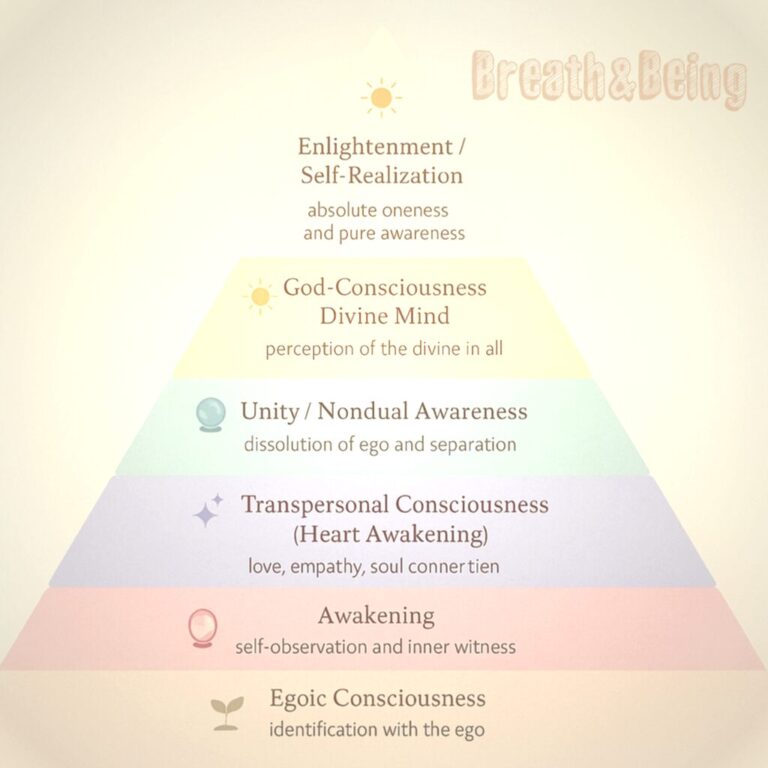Kundalini: The Divine force of Awakening and Transformation
Introduction

Kundalini revered as Shakti in Hinduism, is the divine feminine power of the universe, lying dormant at the base of the spine of all human beings. Often symbolized as a coiled serpent, this latent energy holds the potential to awaken the soul to its highest truth—union with the Absolute (Pure consciousness).
Kundalini is not just a concept but a spiritual reality experienced by sages, yogis, and mystics throughout India’s long spiritual history. Its awakening is said to lead to moksha (liberation from the cycles of birth and death), the ultimate goal of spiritual evolution.
Let’s dive explore more about the important aspects of this divine Shakti that has enormous power to transform human being into higher spiritual realms.
1. The Essence of Kundalini in Hinduism
Kundalini is described as Prana Shakti—the primordial energy of creation, preservation, and transformation. It resides in the Muladhara Chakra (root chakra) at the base of the spine near the tailbone.
Shakti and Shiva: The Divine Union
- Shakti is the dynamic, creative aspect of divinity.
- Shiva is the static, formless, eternal consciousness.
Kundalini represents the journey of Shakti (energy) ascending to meet Shiva (consciousness) at the Sahasrara Chakra (crown). When this union occurs, the yogi experiences samadhi—the realization of non-duality and blissful oneness with the divine.
“When Kundalini is awakened, it ascends through the central channel (Sushumna) passing through the seven chakras, purifying and activating each energy centre and bestowing the nectar of immortality.”
— Shiva Samhita
2. Scriptural Foundations of Kundalini
🔹 Upanishads
While Kundalini is not explicitly named in the earliest Vedas, the Yoga Kundalini Upanishad and Shandilya Upanishad describe her as a sleeping coiled serpent energy at the base of the spine which rises through Sushumna Nadi through the seven chakras.
🔹 Tantras
The Tantras, especially Kaula and Shakta texts, provide detailed descriptions of chakras, nadis (energy channels), and the process of awakening. Kundalini is seen as Devi, the goddess, and her ascent through the chakras leads to self-realization.
🔹 Other Souces
- Hatha Yoga Pradipika explains physical and energetic practices to awaken Kundalini and introduces asanas, mudras and bandhas for the same.
- Shiva Samhita emphasizes on the rule of a guru in guiding safe awakening of kundalini
- Gheranda Samhita outlines seven stages of yogic development in Kundalini awakening
3. The Chakras: Kundalini’s Path of Ascent
The Kundalini Shakti rises through the Sushumna Nadi, the central energy channel, piercing the seven chakras, each representing specific aspects of emotional, physical and spiritual well being.
- Muladhara (Root): Survival, Stability, Grounding, LAM mantra
- Svadhisthana (Sacral): Emotions, Creativity, Sensuality, VAM mantra
- Manipura (Solar Plexus): Will Power, Confidence, Self -esteem, RAM mantra
- Anahata (Heart): Love, Compassion, Forgiveness, YAM mantra
- Vishuddha (Throat): Truth, Communication, Expression, HAM mantra
- Ajna (Third Eye): Intuition, Wisdom, Clarity, OM mantra
- Sahasrara (Crown): Enlightenment, Universal consciousness, silent awareness (or silent OM)
At each level, the Shakti dissolves karmic impurities (granthis or knots) and expands consciousness.
4. Awakening Kundalini: The Spiritual Process
In Hinduism, awakening Kundalini is not a goal for its own sake—it is a sacred journey toward liberation (moksha).
Awakening is said to occur in four ways:
🔹 Through Yoga (Sadhana):
- Raja Yoga emphasizes meditation and concentration.
- Kundalini Yoga uses asana, pranayama, mantra, and bandhas to awaken Shakti.
- Jnana Yoga (path of knowledge) invokes awakening through realization of the Self.
🔹 By Grace of the Guru (Shaktipat):
In Shaktipat initiation, an enlightened master transmits awakened energy directly into the disciple, sparking inner awakening.
🔹 Through Devotion (Bhakti):
Devotional surrender to the respective deity can melt ego and awaken Kundalini through pure love and longing.
🔹 Spontaneous Awakening:
Rarely, Kundalini can awaken due to past-life samskaras or karmic readiness.
5. Signs of Kundalini Awakening (Spiritual Perspective)
Kundalini awakening is marked by profound inner changes. Traditional signs include:
- Intense bliss or ecstasy (Ananda)
- Inner visions of deities, mandalas, or divine light
- Hearing subtle sounds (nada)
- Involuntary yogic postures (kriyas)
- Non-dual states of awareness and detachment from ego
- Awakening of siddhis (spiritual powers), though advanced texts caution against being distracted by them
The awakening must be stabilized and integrated through humility, devotion, and dharma.
6. The Purpose of Kundalini in Hinduism
The ultimate goal of Kundalini awakening is moksha—freedom from the cycle of birth and death (samsara). It’s not about acquiring powers, but about returning to the Self (Atman) and realizing that it is one with Brahman, the eternal, formless Absolute.
The Kundalini path is a sacred purification—burning away ignorance (avidya), ego (ahamkara), and attachment (raga-dvesha), revealing the pure light of consciousness.
7. Kundalini and the Divine Feminine (Devi)
In Shakta philosophy, Kundalini is not just energy—She is the Goddess Herself. She is Tripura Sundari, Kali, Durga, and Parvati—the cosmic mother expressing herself through the body and soul.
To awaken Kundalini is to awaken the Devi within. She rises not by force but by invocation, reverence, and surrender.
“She who is known as Kundalini dwells in the heart of every being. When awakened, She consumes all karma and bestows the nectar of liberation.”
— Kularnava Tantra
Living with Awakened Kundalini
Living with awakened Kundalini can be a profoundly transformative experience—both blissful and intense, depending on how integrated the energy is within your body, mind, and spirit. This state is often described in sacred Hindu and yogic texts as living in expanded consciousness, where one’s inner and outer worlds are forever changed.
Here’s a detailed breakdown of what it feels like to live with awakened Kundalini, especially from a spiritual and yogic perspective:
- Heightened Awareness and Inner Clarity – The person with awakened kundalini experience a deep sense of presence in the now. The mind becomes still, clear, and observant along with strong intuition and inner guidance.
- Flow of Subtle Energy – Living with awakened Kundalini often involves the continuous movement of pranic energy throughout the body:
- Sensations of tingling, warmth, or electricity along the spine or in chakras.
- Waves of bliss or ecstasy (ananda), often spontaneously.
- A feeling of vibration or buzzing at rest, especially during meditation or sleep.
- Deepened Spiritual Connection – Kundalini opens you to the divine dimension of existence:
- Spontaneous experiences of unity or non-dual awareness.
- A sense of being guided or protected by a higher force.
- Overflowing devotion (bhakti)—you may weep during chanting, prayer, or while seeing beauty.
- Ego Dissolution and Shadow Emergence – Awakened Kundalini is a fire of purification:
- Old fears, traumas, or karmic patterns may arise for release.
- Periods of emotional turbulence or existential questioning.
- Loss of former identity, ambition, or attachments.
The ego fights, resists, and breaks—but what remains is the awareness.
- Living in Alignment – Finally, a person with awakened Kundalini often:
- Acts from compassion, truth, and dharma subject to his own beliefs.
- Feels guided by intuition rather than intellect alone.
- Chooses relationships and work that reflect the soul’s deeper values.
- Lives simply, but with rich inner meaning.
Living with awakened Kundalini is like having the divine pulse of the universe flowing through your body and consciousness. It’s awe-inspiring, humbling, and sacred.
Recommended Reading





